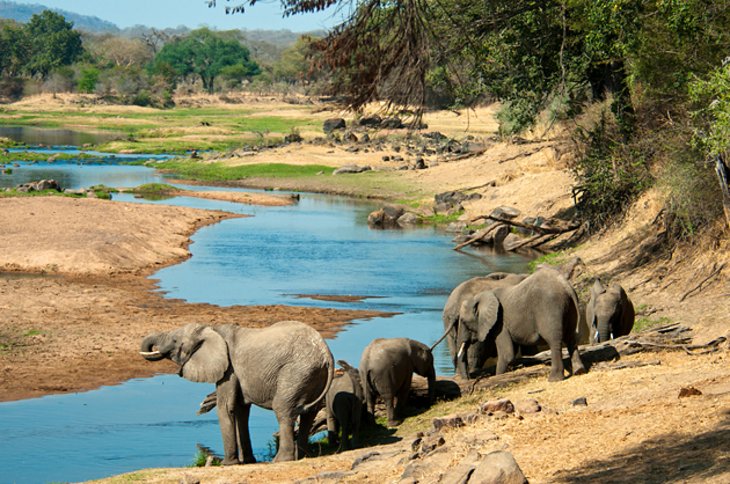Poaching is the greatest current threat to tigers, rhinos, elephants, gorillas and other African and Asian species.
It’s a crime and it’s driving species to extinction. Tigers and rhinos are particularly vulnerable, their body parts being prized in traditional Asian medicine.
The old image of a lone poacher with a rifle, man against beast, is far from the true story nowadays. The current wave of poaching is carried out by sophisticated and well-organised criminal networks – using helicopters, night-vision equipment, tranquilisers and silencers to kill animals at night, avoiding law enforcement patrols.
Why does this continue to happen? The problem is that poaching is rarely a political priority and is a very lucrative business.
“The value of a rhino horn in illegal trade is probably 100 times the average earnings of a villager living next to them,” explains Christy Williams who leads our work on Asian elephants and rhinos. “It makes poaching a coveted money-making opportunity.”
Wildlife is crucial to Tanzania’s economy, as it sustains millions of the country’s rural population. It is also the keystone to the tourism industry—a sector that accounts for about 17% of the country’s gross domestic product (GDP) and is the largest source of foreign exchange. The contribution of the country’s wildlife to the economy is largely through “hunting concessions, trophy licenses, export of live animals, and from non-consumptive tourism.”
Tanzania’s wildlife management system reflects this fact. The country has sixteen national parks that cover an area of over forty-two thousand square kilometers. It has the “largest protected area estate in Africa, both absolutely and relatively.” About 40% of the country is designated as protected estate.
However, the wildlife management system is not without problems. For instance, the process of allocating and monitoring hunting concessions is said to be riddled with widespread corruption. The Minister of Natural Resources and Tourism and top Wildlife Department officials were recently fired for taking bribes in exchange for assigning hunting blocks and allowing over a hundred live animals to be shipped abroad. Poaching is another, grave problem. Difficulties in collecting evidence and flaws in the criminal justice system make it challenging to prosecute offenders.
While various laws govern wildlife conservation, only a few are relevant to the issues of wildlife poaching and trafficking. The Wildlife Conservation Act (WCA) and the National Parks Act (NPA) as well as their subsidiary legislation are the controlling laws in mainland Tanzania. In the semiautonomous region of Zanzibar, the governing law appears to be the Forest Resources Management and Conservation Act (FRMCA).
The task of enforcing the controlling laws is equally fragmented. While the WCA authorizes the establishment of an autonomous body, the Wildlife Authority, to enforce the provisions in mainland Tanzania, the Authority’s reach will not extend to the Ngorongoro Conservation Area and the national parks. The task of protecting wildlife resources in the national parks is vested in the Board of Trustees of the Tanzania National Parks, while the Ngorongoro Conservation Area Authority is tasked with the same role in the Ngorongoro Conservation Area. In addition to the planned Wildlife Authority, which when established will be the main enforcement agency, various other government bodies including the police also enjoy some enforcement authority. In Zanzibar, the Forest Authority is the primary enforcer of the FRMCA.
HELP THE GOVERNMENT TO STOP WILDLIFE POACHING



























